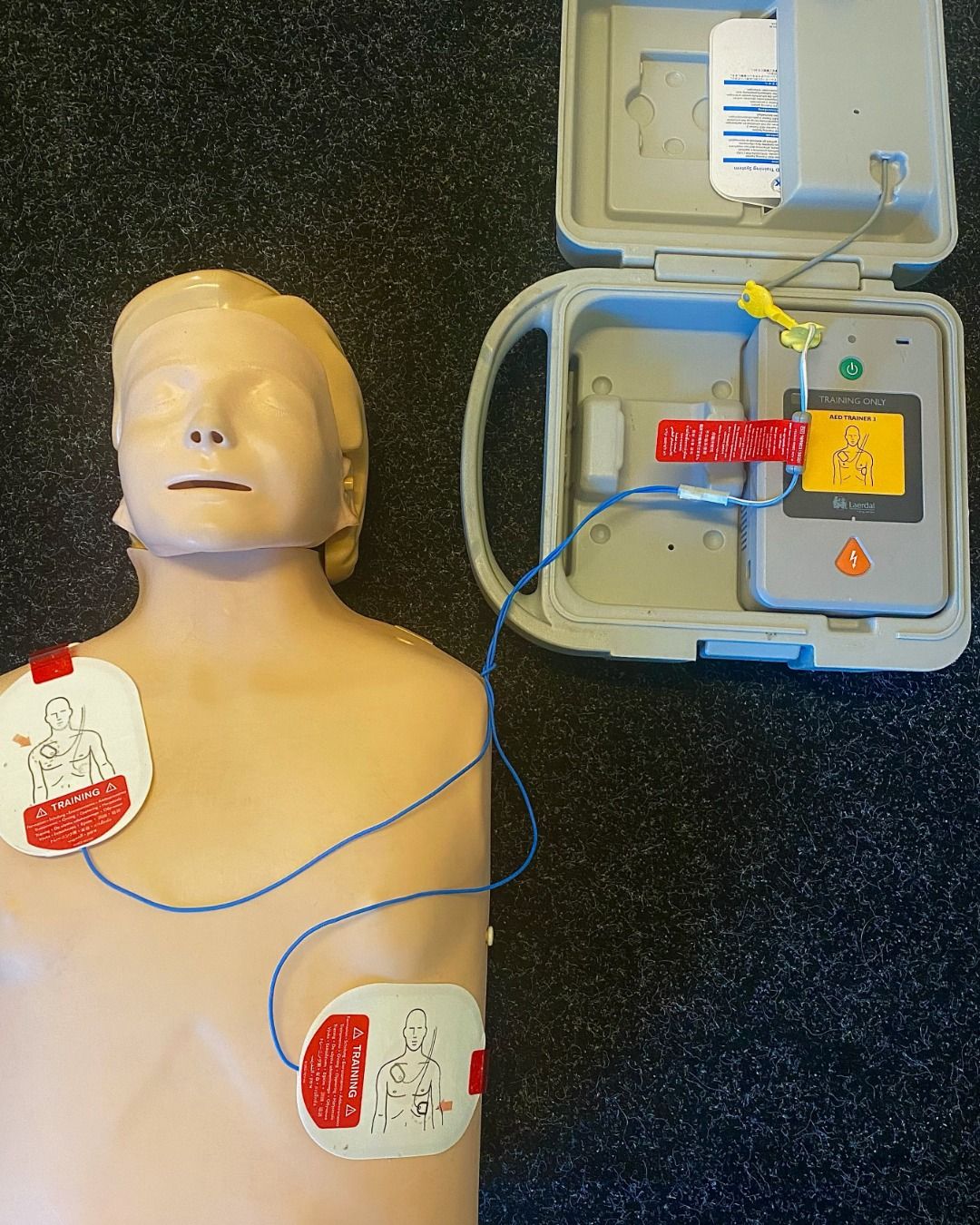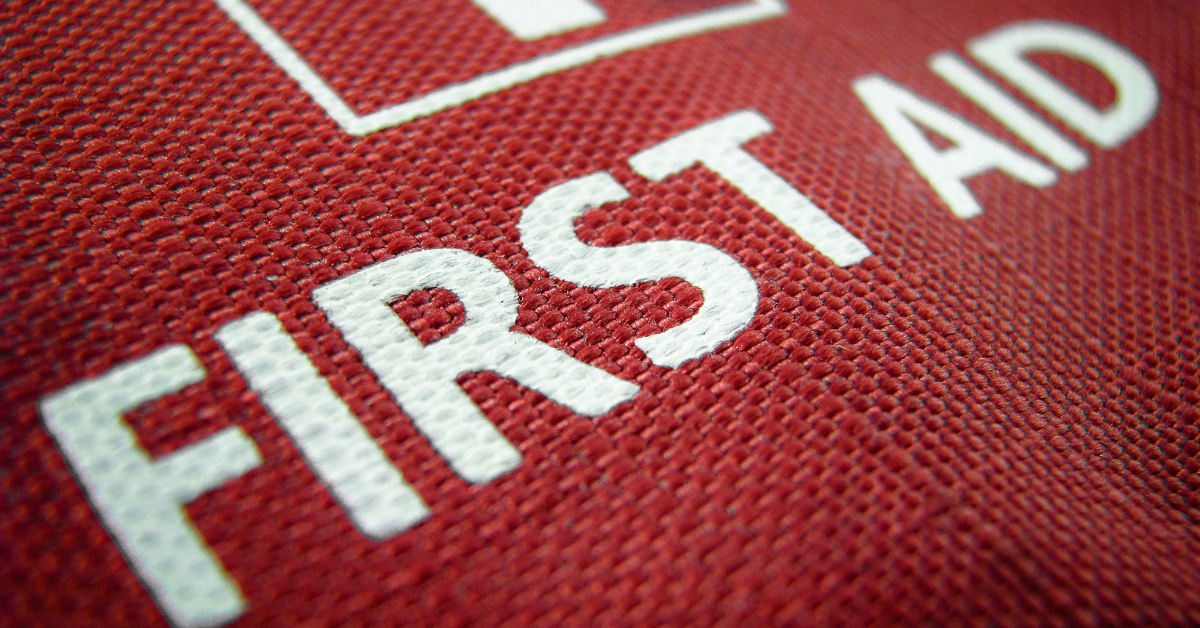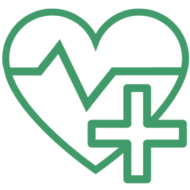Category: First Aid
12 Dangers Of Christmas
On the First day of Christmas my true love sent to me…The Danger of Over consumption of Alcohol the Christmas Period. Drinking heavily reduces your body’s natural immune system. A weakened immune system has a harder time protecting you from germs and viruses. Which we especially need during the cold winter months. Recovery position! Remember to…
Introducing New paediatric blended course !
Introducing our blended paediatric first aid course! Do you work with young children? Now you can do hybrid learning with us at one-stop safety training solutions! We have been asked so many times about this style of course, No we can provide it 6 hours face to face then 6 hours online! This level 3…

Life after a stroke
A stroke occurs when there is a blood clot or bleeding in a blood vessel, blocking blood flow to the brain. It can affect people of any age and can cause long-term complications. Recovery is possible but depends on the stroke’s severity and a person’s overall health. Life can instantly change after having a stroke,…
Less than 1 in 10 people survive a cardiac arrest, lets do something about that!
The NHS Ambulance Services treat approximately 30 000 patients a year for out of hospital cardiac arrest. And with around 70 per cent of cardiac arrests taking place in the home and half being witnessed by a bystander, quick intervention could mean the difference between life and death for a family member or friend. The bigger…
What It’s like to be a small business in 2022
99% of businesses are Small or Medium Sized businesses One stop safety training solution is a small business based in Castleford. We specialise in first aid training, driver cpc, food safety, fire safety, mental health awareness and much more. Some of the best parts of been a small business is, the close customer relationship you…
A shocking 8 out of 10 people with type 2 diabetes are overweight or have obesity
There is a clear link with a person’s health and weight, many people that are overweight in the UK will more than likely suffer with their health because of being overweight. Excess weight, especially obesity, diminishes almost every aspect of health, from reproductive and respiratory function to memory and mood. Obesity increases the risk of…
Did you know 7 out of 10 parents in the UK lack the first aid skills that would allow them to help their child in a medical emergency?
Why should you do a paediatric first aid course? Knowing first aid is a valuable life skill, it helps you deal with possibly extremely difficult situations. You become more confident, risk aware and equip them with skills to keep themselves safe and help themselves or others if involved in a medical emergency. It could…
Did you know a Stroke strikes every five minutes in the UK alone?
The injury to the brain caused by a stroke can lead to widespread and long-lasting problems. Stroke is a type of cerebrovascular disease, which is one of the leading causes of death in the UK. Stroke accounts for roughly 75% of deaths from cerebrovascular diseases. Meaning is the 4th biggest killer in the UK, on…
Can you believe only 4 out of 10 bystanders are prepared to give someone in need first aid?
An average of 460 cardiac arrest deaths each day or one every three minutes in the UK. With how busy the ambulance service is, it is key to perform first aid if you see someone in need. Especially when Someone is experiencing a cardiac arrest, as in the UK its one of the leading causes…

The Importance of Knowing First Aid
For many businesses, Emergency First Aid feels as though it is an aspect of staff development that is completed due solely to commercial obligations. On the contrary, it could be the smartest investment that a company makes all year. Now is the time for yours to finally give first aid the attention it deserves. …
